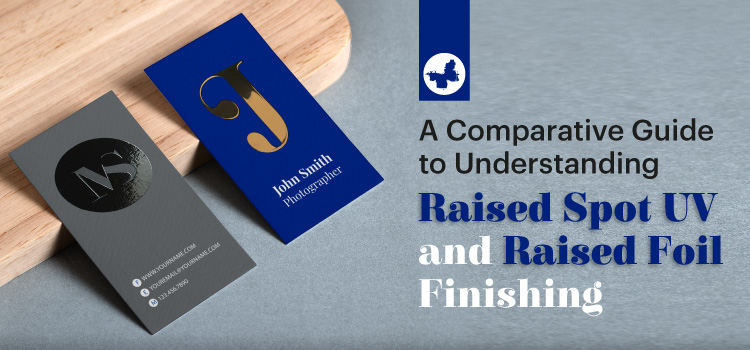Imagine you visit an exhibition and collect so many flyers and business cards from different companies in your industry. Among all of those marketing products in your hand, there is a shiny, luxurious business card, instantly grabbing your attention. This is the magic of using professionally raised UV and raised foil finishing to differentiate your marketing tools.
But which finishing can transform your design from ordinary to extraordinary? Raised spot UV or raised foil? In this guide, we’ll explore these two popular options to see what makes each one unique and how they can elevate your designs.
Read more: Exploring the Different Types of Print Finishes
Contents
What is Raised Spot UV Finishing?
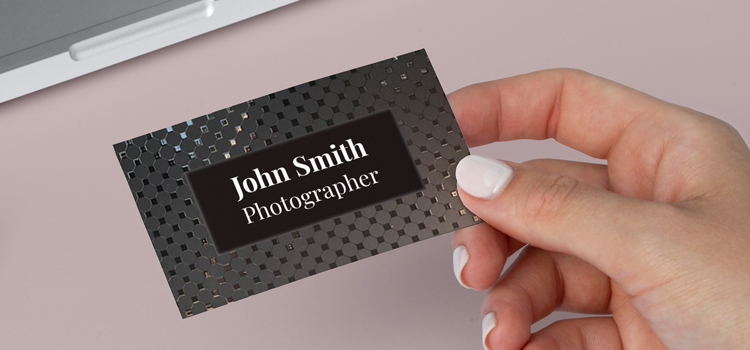
Raised Spot UV finishing, also known as UV coating, is a printing technique that adds a shiny and clear coating to printed products. The coating is dried using a special UV light. Because it produces a slightly elevated or textured surface on the paper, the term “raised” is used to make the textures easier to feel. The most important features of this method include:
- Long-lasting: Raised Spot UV finishing enhances the durability of printed materials. This means they are less likely to get damaged or scratched, ensuring they stay in good condition for a longer period.
- Vivid Colours: Another advantage is that it makes the colours on printed items look brighter and shinier. It boosts their overall visual appeal, making them more attractive.
- Cost-Effective: If you own a business and want to save money, raised spot UV coating is a great option. It’s a cost-effective choice compared to other finishes, helping you cut expenses while still maintaining quality.
How to Do Raised Spot UV Printing
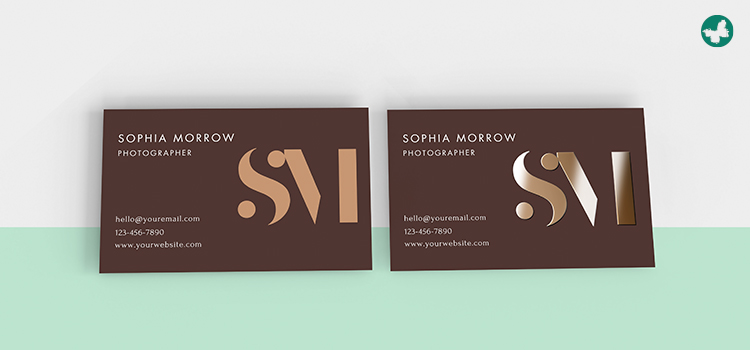
Raised spot UV printing, or UV printing, is a process that gives your printed materials a protective layer, enhancing their durability and appeal. Here’s a simple explanation of how the process works:
- Start with your print: The first stage is printing your design. This can be any printed material, from brochures to business cards.
- Apply the UV coating: Next, we apply the UV coating. This compound becomes a tough, shiny layer when it’s cured with UV light. We usually apply the coating directly over the print using a roller or a spray.
- Cure under UV light: Once applied, we expose the coating to UV light. The light hardens and dries the coating quickly, creating a shiny, durable protective layer on your printed material that’s slightly raised.
Keep in mind that this process needs to be done carefully. Butterfly GP offers the best quality raised spot UV business cards that you can shop for right now.
What is Raised Foil Finishing?
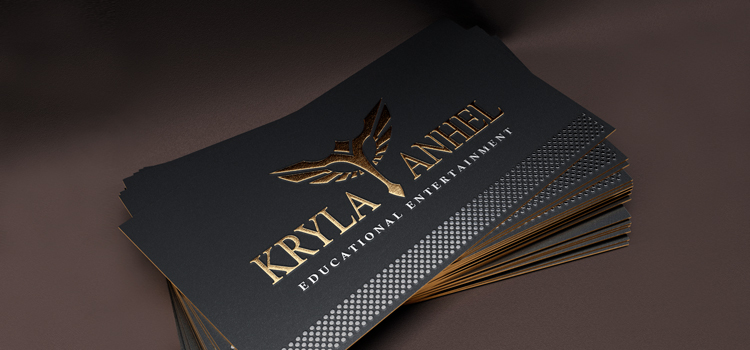
Raised foil finishing is when metallic foil, like gold or silver, is added to printed items. This method, called foil printing, uses heat and pressure to create the effect. The foil is raised, creating a textured surface that you can touch and feel. The most important features of this method include:
- Luxury Appearance: One of the main advantages of raised foil coating is that it gives printed items a shiny, high-end look and feel, like they are expensive or luxurious.
- Wide Usage: It’s also a flexible option, as it can be used on different items, like invitation cards, business cards, etc.
- Eye-Catching in Any Light: Another benefit is that the shiny metallic foil stands out, even when there isn’t enough light. So, your printed materials are noticeable and can attract attention in any lighting conditions.
How to Do Raised Foil Printing
Raised foil printing is when metallic or coloured foil, like gold or silver, is applied to a solid and flat surface using heat. Here is a simple explanation of the process:
- Creating the Design Die: The first step is creating a metal stencil or mould, also called a die. This die is used to print the design or text.
- Preparation: During this stage, the die is heated, and the foil is placed between the hot die and the surface that will be printed on.
- Application: Next, the hot die is pressed onto the foil against the print surface. The design from the die is transferred onto the material because of the heat and pressure.
Use an expert design and print partner for the best quality and the most durable results. You can use the long experience of Butterfly GP and order your luxurious raised foil business cards right now.
Comparing the Feel and the Look in Visual Impact
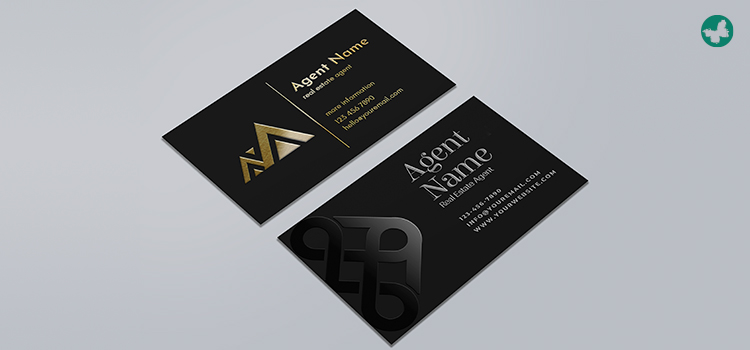
Choosing between raised foil and raised UV often comes down to your preferred aesthetic and sensory experience. Despite having quite different visual and tactile characteristics, both approaches improve your design both literally and figuratively.
The Gloss and Sheen of Raised UV
Raised UV coating gives certain parts of your print a pronounced lift and a glossy sheen. Between a high, mirror-like reflection and a more subdued satin sheen, the degree of gloss can be controlled to some degree. UV coatings can also be applied in a variety of colours. Because of its adaptability, it’s perfect for highlighting important visual components without adding a metallic touch.
The Exquisite Glow and Texture of Elevated Foil
The intrinsic metallic brilliance of raised foil, on the other hand, conveys a sense of luxury. Raised foil’s reflective surface attracts attention, whether it is gold, silver, or a vivid colour. High-end branding and special occasions are frequently linked to the premium feel created by the combination of striking shine and possible tactile interest.
Creating Various Visual Effects
Choosing between raised foil and raised UV also creates new possibilities for imaginative visual effects. Without overpowering the underlying design, raised UV can be used to add depth, highlight printed textures underneath, and produce delicate highlights.
Conversely, raised foil is frequently used to highlight important information or branding components right away and to project prestige. Strategic use of the foil’s reflectivity can produce a dynamic visual experience. Now, it is your choice to pick one of them based on your preferences.
Conclusion
In conclusion, both raised spot UV and raised foil finishes have their advantages and disadvantages. The right choice depends on your budget, the visual effect you’re looking for, and the impression you want to create with your print materials. It’s important to consider these factors when making the best decision for your printing needs.
Don’t underestimate the role of picking a skilled printing partner in the selected finishing method. You can certainly trust Butterfly GP to achieve the highest quality printed marketing products.
